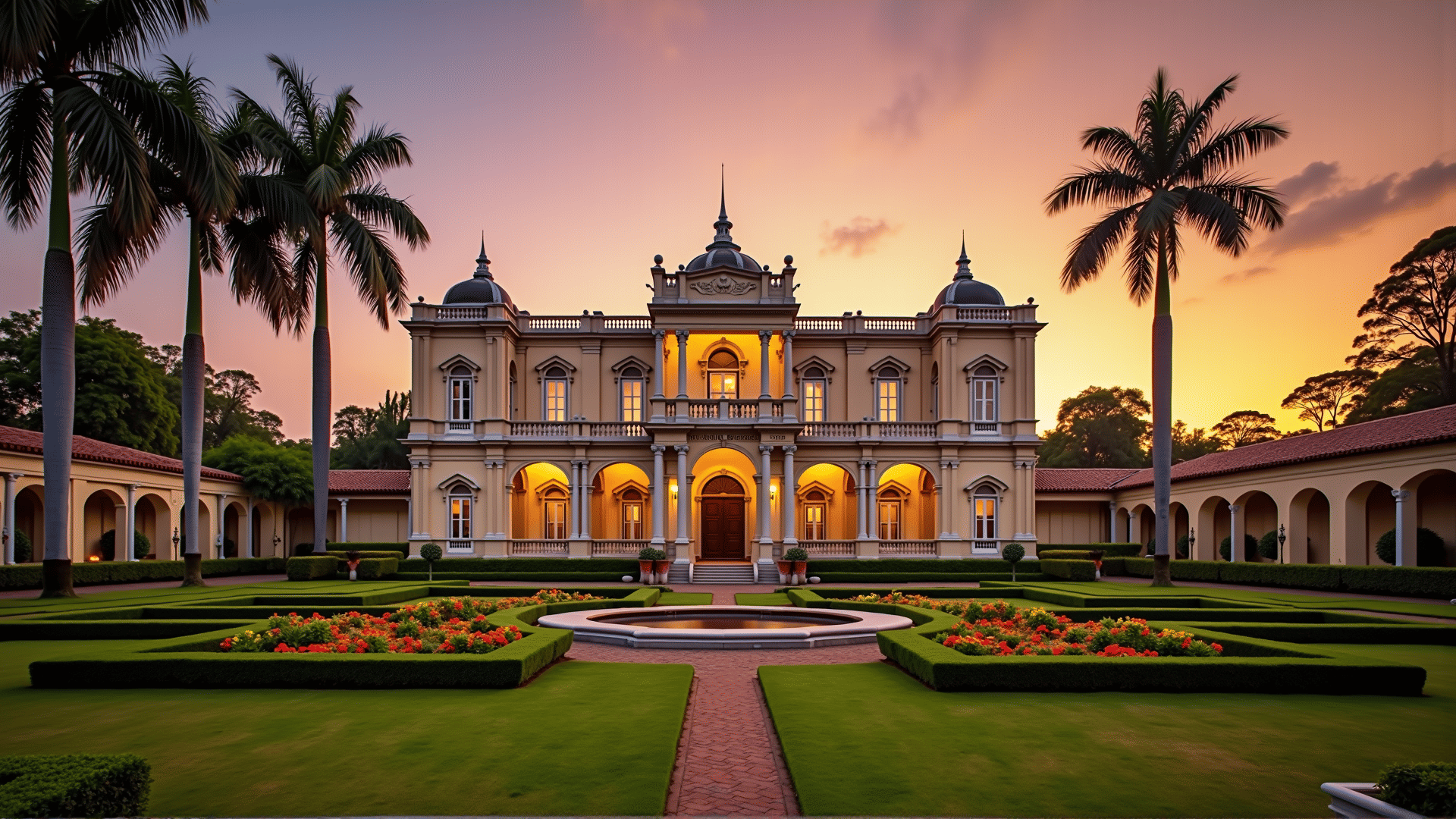The Philippines, an archipelago comprising over seven thousand islands, stands as a testament to a vibrant past and a treasure trove of historical landmarks that reflect its diverse cultural influences. These sites tell the stories of ancient traditions, colonial legacies, and resilient communities, offering visitors a glimpse into the rich tapestry of the nation's history.
At the heart of the country's historical journey lies Intramuros, the walled city in Manila. Established in the late 16th century by Spanish colonizers, it served as the capital during Spanish rule. The thick stone walls, dungeons, and fortifications of Intramuros are reminiscent of a bygone era, while structures like Fort Santiago and San Agustin Church provide insights into colonial architecture. Exploring its cobblestone streets allows one to step back in time and experience the blend of European and indigenous influences.
Another architectural marvel is the Banaue Rice Terraces in the Cordillera region. Carved into the mountains by the ancestors of the indigenous Ifugao people over 2,000 years ago, these terraces are a breathtaking fusion of man and nature. Recognized as a UNESCO World Heritage site, they showcase the ingenuity and harmonious relationship the Ifugao people maintained with their environment.
In Vigan, one can wander through one of the best-preserved examples of a Spanish colonial town in Asia. The city's unique architectural style is a blend of Filipino and European designs, with its cobblestone streets and heritage houses creating an enchanting atmosphere. Calle Crisologo, in particular, features ancestral homes and antique shops, offering a window into the daily life of the past.
Heading south, the island of Bohol is home to the iconic Chocolate Hills, a geological formation that captivates visitors with its more than a thousand conical hills. Nearby, the 18th-century Baclayon Church, one of the oldest in the country, stands as another testament to the enduring legacy of Spanish colonialism. Its coral stone construction and preserved interior furnishings reveal the artistic and cultural heritage imbibed by early Filipino artisans.
Cebu, known as the "Queen City of the South," features its own share of historical landmarks. The Basilica del Santo Niño houses the oldest religious relic in the Philippines, the Santo Niño de Cebu. The Magellan's Cross, planted by Portuguese explorer Ferdinand Magellan upon his arrival in 1521, is a historic marker that commemorates the beginning of Christianity in the region.
These landmarks are not just relics of history; they are living symbols of the Philippines' journey through time, reflecting its struggles, triumphs, and enduring spirit. Each site offers a unique narrative, inviting visitors to delve deeper into the country's past and appreciate the diverse cultural heritage that shapes the modern Filipino identity. Whether it’s tracing the steps of colonial explorers or marveling at indigenous ingenuity, the historical landmarks of the Philippines serve as gateways to understanding the rich and complex history of this vibrant nation.
